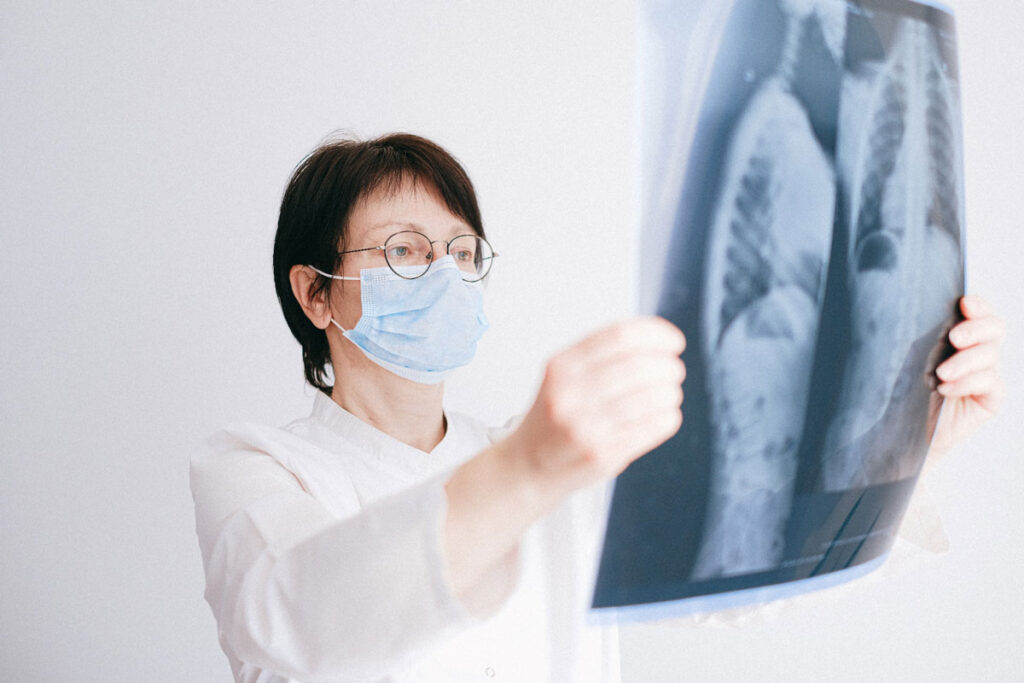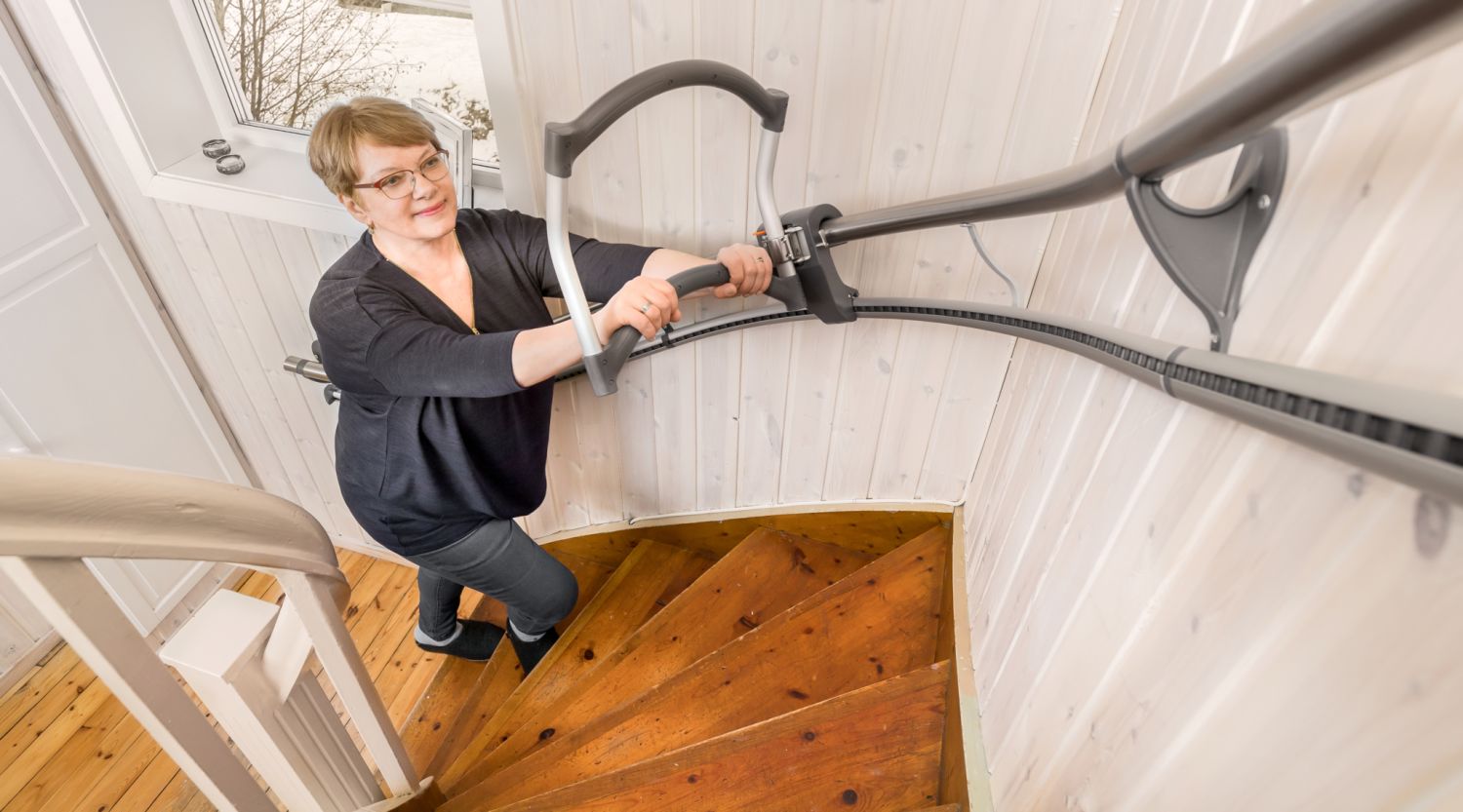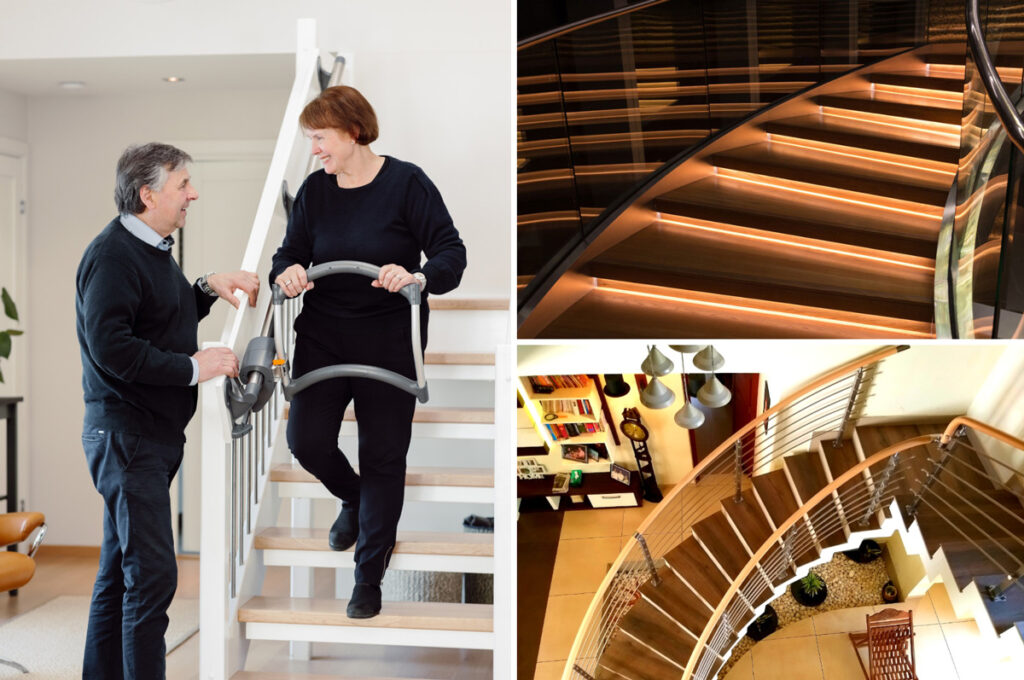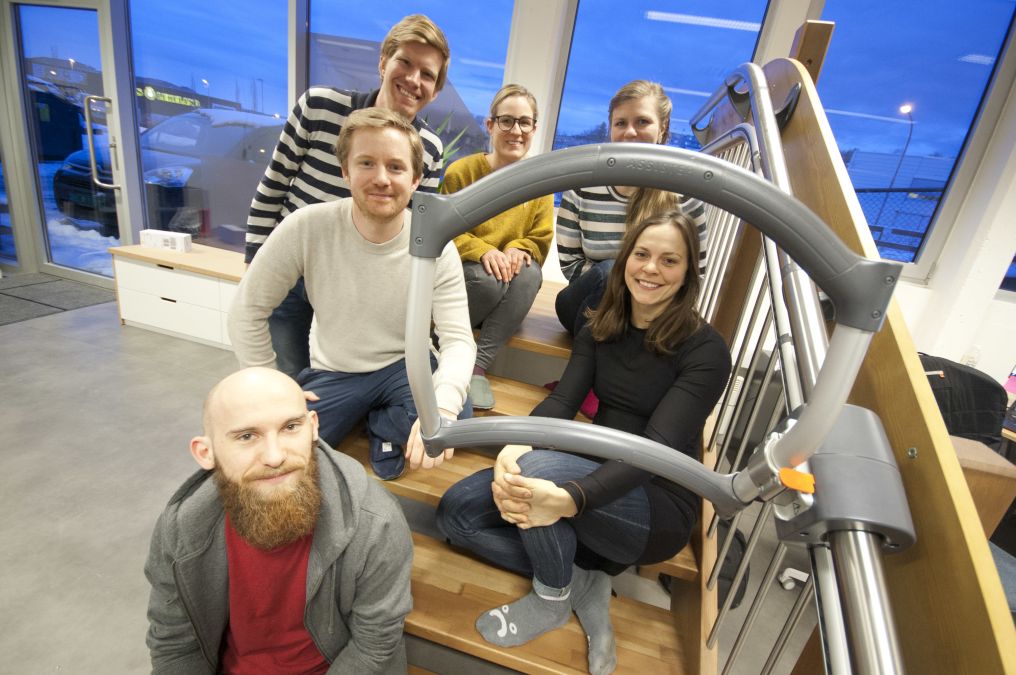
What exactly is COPD?
COPD, a disease that is little known to the public, is nevertheless one of the most common lung diseases worldwide. But what exactly is COPD, also known as chronic obstructive pulmonary disease?
Fall prevention: Falls are one of the most common causes of accidents in Germany. Every year, more than 600,000 people fall in Germany. According to the Federal Statistical Office, 12,867 people died from a fall in 2015 alone.
Particularly as people get older, they often suffer serious injuries. The German Medical Association North Rhine estimates that around 80 percent of all over-80s and around 30 percent of all over-65s fall at home every year.
The consequences of a fall are often varied and serious. They involve lengthy stays in hospital, which are often followed by admission to a nursing home.
With a well-trained sense of balance, falls can usually be cushioned to minimize the consequences of the fall. You can find tips on balance training here. However, in people with restricted mobility, the sense of balance is often also affected and the muscles may not be sufficiently developed. In these cases, the consequences can be very serious. This makes fall prevention essential.
The causes of falls are divided into environmental and personal causes.




A considerable proportion of falls occur on stairs and these falls in particular can have serious consequences. In 2013, there were around 4000 deaths due to falls on stairs. It is not uncommon for a fall to occur due to a lack of safety awareness or climbing stairs too hastily.
We have therefore compiled a series of guidelines that you should follow to ensure safe use of the stairs and that you can use to actively prevent falls.
Whether for senior citizens or people with disabilities, a fall often results in a fear of falling again. This in turn can lead to less activity and poorer body balance.
The physical consequences are usually bruises, sprains, fractures, lacerations and hematomas. The most well-known fractures are femur and hip fractures, which involve a lengthy and arduous rehabilitation process.
However, falling down stairs also has psychological consequences. The fear of future falls, for example. By avoiding climbing stairs, the person affected is often "trapped" in their own home and isolates themselves from their social network.
If this anxiety is not treated, it can develop into social isolation or depression. Due to social isolation and limited mobility, many sufferers lose their self-confidence and trust in their own abilities. At the same time, their independence dwindles more and more. In the worst case, this can lead to a need for care.

But what can you do in your own home to ensure safe access to stairs?
Essential requirements of the European Construction Products Directive apply to the safety in use of stairs. These directives include
A variety of aids are available to prevent falls. These make using the stairs safer and help to prevent falls on the stairs as far as possible.
An innovative stair climber developed in Norway now offers the necessary support and safety that those affected need when climbing stairs. The TOPRO Step stair climber is a cost-effective alternative to a stairlift and mobilizes the person affected instead of passivating them. As a result, the user actively trains to climb stairs and increases gait safety on stairs.
This ensures safer stair climbing even outside the home and helps to prevent future falls. The TOPRO Step can be installed quickly, as neither permits nor electrical connections are required. The system is module-based and can be installed on almost all types of stairs.
Please contact your insurance company for more information regarding financing options.
Falls and especially falls down stairs should not be taken lightly. Would you like to make your stairs safe and prevent yourself from falling? Then the above guidelines on safety on stairs apply.
We also recommend the use of aids to secure the stairs. Another important point for people with gait insecurity is to maintain and develop their mobility and strength in order to ensure and train gait safety.

To carry out an on-site inspection and receive a quote, make an appointment with us. Once you have accepted the quote, we will carry out the installation, which usually only takes a few hours. .
TOPRO Step is TÜV-tested and certified and meets all functional and safety requirements.
TOPRO Step is designed so that it can be easily adapted to your staircase. It can be installed on straight stairs, curved stairs and stairs with a landing.
Ask your health insurance company about the possibility of cost coverage or possible subsidies. Please note that these options are country-specific and individual.
TOPRO Step means TOPRO quality. When you buy a TOPRO Step, you receive a guarantee of up to 5 years.
We measure success by satisfied customers, which is our top priority. We already have over 4,000 satisfied users throughout Europe.
Choose your TOPRO Step
Do you have any questions?
Would you like a free and personal consultation? Get in touch with our TOPRO Step experts and book a free, no-obligation appointment directly at your home.

TOPRO Step Expert
+47 902 931 00
Monday - Friday
08:00 - 16:00 o'clock.

TOPRO Step Expert
+47 902 931 00
Monday - Friday
08:00 - 16:00 o'clock.
Do you have any questions or would you like to test the TOPRO Step stair climber?
Would you like to find out more about the financing options for the TOPRO Step?
TOPRO Step

COPD, a disease that is little known to the public, is nevertheless one of the most common lung diseases worldwide. But what exactly is COPD, also known as chronic obstructive pulmonary disease?

Find out from your care insurance provider about the possibility of TOPRO Step stair climbing aids for adapting your individual living environment - we will be happy to support you!
Most people would like to grow old in their own home. Often, however, their own four walls are not designed to be barrier-free and this becomes apparent at the latest with increasing age or permanently restricted mobility. Suddenly you are faced with a mountain - your own stairs.

Help with climbing stairs - Our 5 tips: As we get older, more and more people have difficulty walking and sooner or later find themselves facing their own stairs at home and are afraid to climb them without help. There are many products that can be helpful in this case. In this article you can find out more about help with climbing stairs.

Rehabilitation after a stroke: Time plays the most important role in minimizing the consequences of a stroke. The faster the affected person is helped after the first symptoms appear, the higher the chances of survival and successful rehabilitation after a stroke.

Last Wednesday, the TOPRO Step stair climber was installed in the Aure care home. An aid for climbing stairs. (This is a translation based on an article by Ivar Torset, originally published in Nordvestnytt on March 16, 2017).

Contents In Norway, around 50 people die every year from falling down stairs. In addition, around 30,000 people require medical assistance after a hip fracture or other injury. These were the hard facts faced by students at the NTNU School of Entrepreneurship (Norwegian University of Science and Technology) in 2012 and 2013. Halvor Wold
Hold down the cmd (Mac) or ctrl (Windows) key and press +/-